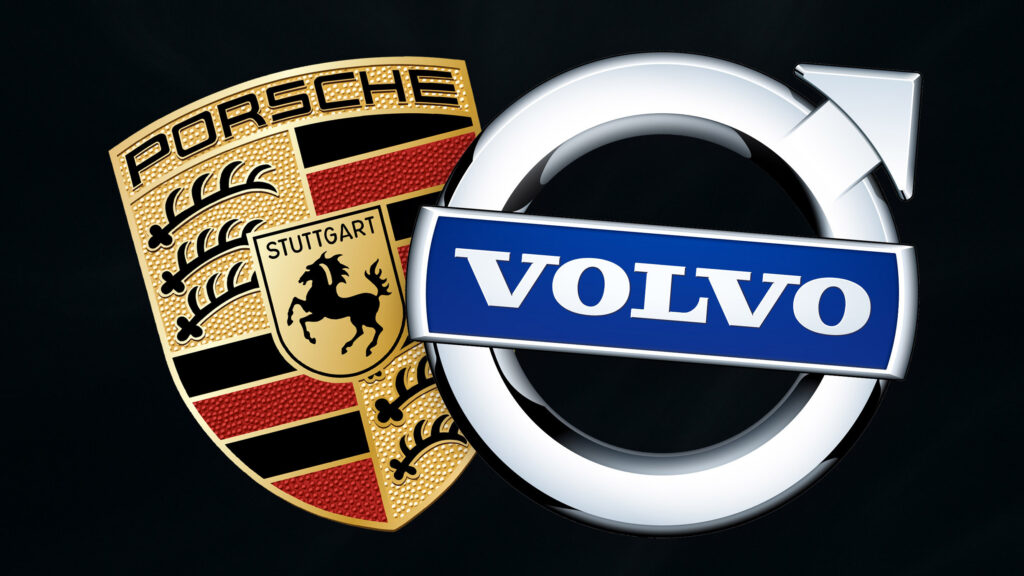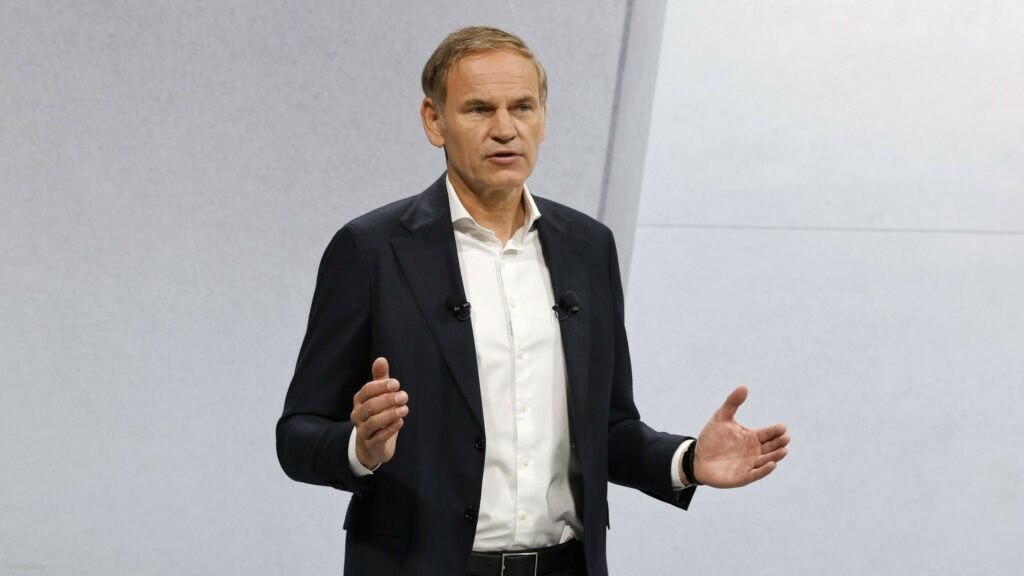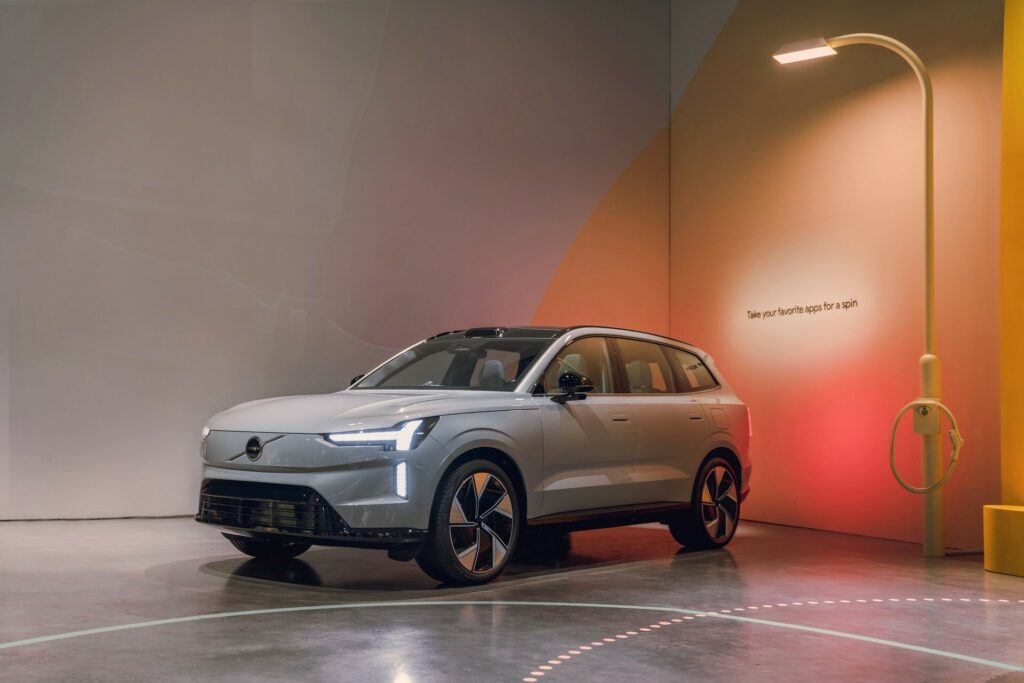Challenges for Porsche and Volvo

In the ever-evolving automotive world, even giants like Porsche and Volvo are feeling the pinch of the current climate. Both companies have recently announced plans to reduce their global workforces, amounting to a total of about 6,900 jobs. These decisions stem from a mix of a challenging international trade environment and a slower-than-expected shift towards electric vehicles (EVs).
Porsche’s Plan

Porsche has decided to retain more of its internal combustion engine (ICE) offerings due to the gradual transition to EVs. With a shift in strategy, Porsche plans to introduce a comprehensive cost-cutting initiative, aimed at improving efficiency. This plan will see around 3,900 positions eliminated by 2029, emphasizing their intent to maintain competitiveness and adaptability.
CEO Dr. Oliver Blume underscored the urgency of adapting to the rapidly changing conditions, noting that the “world has changed” and they’re moving swiftly to incorporate these changes. The company’s commitment to balancing traditional vehicle production with electrification is further evidenced by readjusting their battery-related operations.
Volvo’s Response

On the flip side, Volvo is pursuing its cost and cash action plan, which includes cutting approximately 3,000 jobs worldwide. A significant portion of these cuts, amounting to around 1,200 roles, will hit their Swedish offices. Additionally, Volvo aims to reduce 1,000 consultant roles. The focus has been on office-based positions, representing about 15% of their global office workforce. The restructuring is expected to cost up to $157.6 million.
Volvo’s CEO, Håkan Samuelsson, shared that these decisions are crucial for improving cash flow and reducing costs, stating the industry pressures demand a more resilient and streamlined operation.
Future Outlook

The economic landscape is indeed testing these automakers. Porsche and Volvo’s strategies reflect a broader trend where traditional automakers face the dual challenge of maintaining current vehicle portfolios while investing in the electrification future. Both companies are working to adapt without losing ground in performance and innovation, balancing between the new demands of electrification and the enduring appeal of conventional engines.
As the automakers navigate this “fierce storm,” they each map distinctive pathways toward resilience. The future will tell how well these strategies play out, especially in comparisons with industry peers. While staying true to their roots in quality engineering and luxury, they strive to embrace the future of mobility with new agile responses and thoughtful investments.
NSX Type S Value Rises
Tesla FSD Limitations
MG Cars Depreciate Fast
Truck Blast Shocks Town
Unique Suzuki Jimny